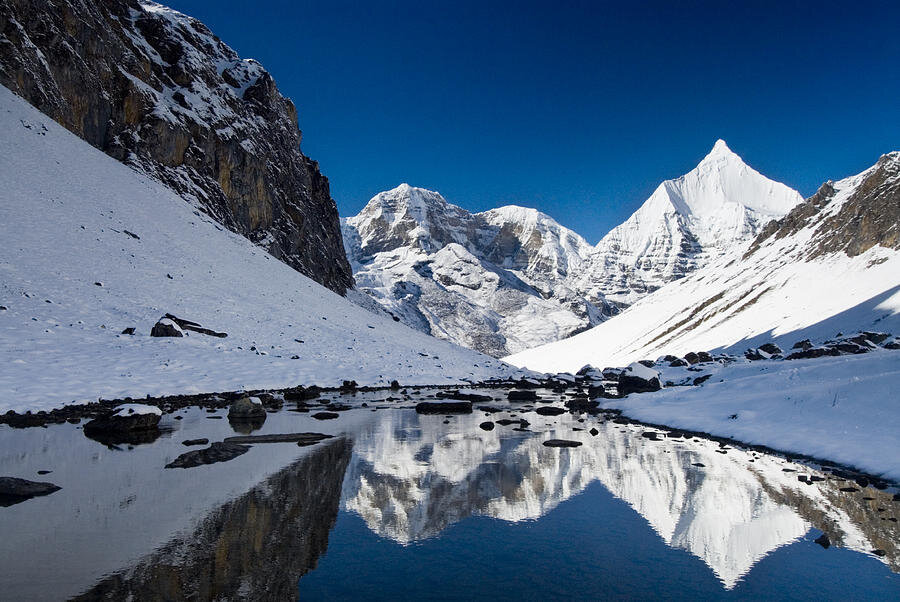
Training and Preparation for Cultural Tour in Bhutan
Eastern Himalayas ranges govern the landscape of Bhutan, which means most of places of interest like Thimphu, Paro, Bumthang, and Haa, save Punakha lies at above 2000 m from sea level. And it’s a conventional wisdom that at this altitude it can hardly be walk in the park while traversing these places. In the same measure, even for the cultural tours, it is advisable to have minimum level of physical conditioning in prior which can be rewarding in term of enjoyments of trip as a whole. Although our itineraries are resilience, however we recommend or incorporate soft hike or walking as much as possible. As it allows greater opportunities to interact with people and with surrounding components which can possibly add a new dimension to your experience. Even if travelling bulk of the time in vehicle it still requires walking a fair length up hill to visit monastery and Dzongs. Hike to Tiger’s nest, a cultural highlight of Bhutan and ubiquitously found in any form of trip demand to hike up hills for 2 to 3 hrs depending on physical fitness. This is where prior physical conditioning can stand in good stead.
For the record, a young guest Scot Jeong from Canada scaled the hike to Tiger’s nest one way on record time of 1 hour 8 minutes. This is one record that invites to be challenged.
The training should start at least 3 or 4 months prior to the commencement of the adventure. Below are guidelines that can possibly stand in good stead in term of being at good shape resulting in enjoyment of trip.
Walking or Any form of Aerobic Fitness Exercises

Aerobic or Cardio Vascular fitness exercises of any forms like swimming, running bicycling walking etc are paramount. As these are what makes the muscle to respond amicably while walking. By any stretch of imagination these will stand in good stead when the lesser mortal complains about the ache and sore in their legs. On an average, even for the simpler cultural soft hike, you might be walking 1 to 2 hours a days. Your training should incorporate a walking of 2 to 3 hours daily. You can plan out in a way befitting your tight schedule to walk to office or any place that the situations dictate or walking along for smallest errands daily, it might take longer time than car but this practice will keep the fatigue in legs miles away while walking.
While on hiking, specifically for Tiger’s nest, it entails ascend and descend of trails, the support of hiking poles for this matter can help to achieve a balance and ease out the strain on your knees. A good hiking boot is imperative; ensure to use the same one that has been grinded while training, which enable breaking in before the climb. Walking in your boots will also help to toughen up your feet, and you’ll learn if there are any spots that cause blisters or pain.
Train to sleep well and in good amount
Among many other preparations that people do, this aspect of required amount of sleep, people often tend to overlook. There is no substitute for good amount of sleep, as it has direct bearing on how your body and mind cope up with the stress of rigorous exercise and altitude. A good sleep assists in muscle recovery and act of oxygen intake by the cells. Try to get at least eight hours of sleep a night during your training. People often have trouble sleeping at higher altitudes, and diminished sleep will make your journey much more challenging.
Train to drink water or Fluid more.
At you walk or during any form of physical exercise, your body fight to stay hydrated, any decrease of fluid or water in body result in diminishing your power to endure, make more prone to sickness and greater presence of fatigue. Get used to drinking lots of water now so that you are mentally and physically habituated to this fine act of health and other health benefits. Your body will need it with your workouts, but it also needs to get used to hydrating. You will need to drink large amounts of liquids during your walk and your body should now start getting used to taking in those plentiful amounts
Train for Strong Mental Make-up and Team spirit.
To a few, it might sound strange but a firm mental conditioning is as important as physical one. Even for the simple cultural tour in Bhutan or in any Himalayas regions, condition your mind to think positive, and visualize the adventure that you are embarking on regardless of any unwarranted odds that you might come across with. If it’s a group journey or travelling in group with friends, communicate with other team members and sharing the ideas, tips, prior to the trip and building good relationship will go a long way in term of being at right frame of mind and being productive and useful as team member that can enhance the adventure being successful.

The idea furnished above is the subjective opinions of author and all the references provided above aims to aid and prepare for your convenience and should not be understood as exhaustive in nature. It is recommended to seek the aid of professional fitness trainer for in-depth and comprehensive preparation training. Additionally, it’s imperative to consult your physician to ensure that no health conditions crop up that could adversely affect your training routine.
We hope you have a great trip!




